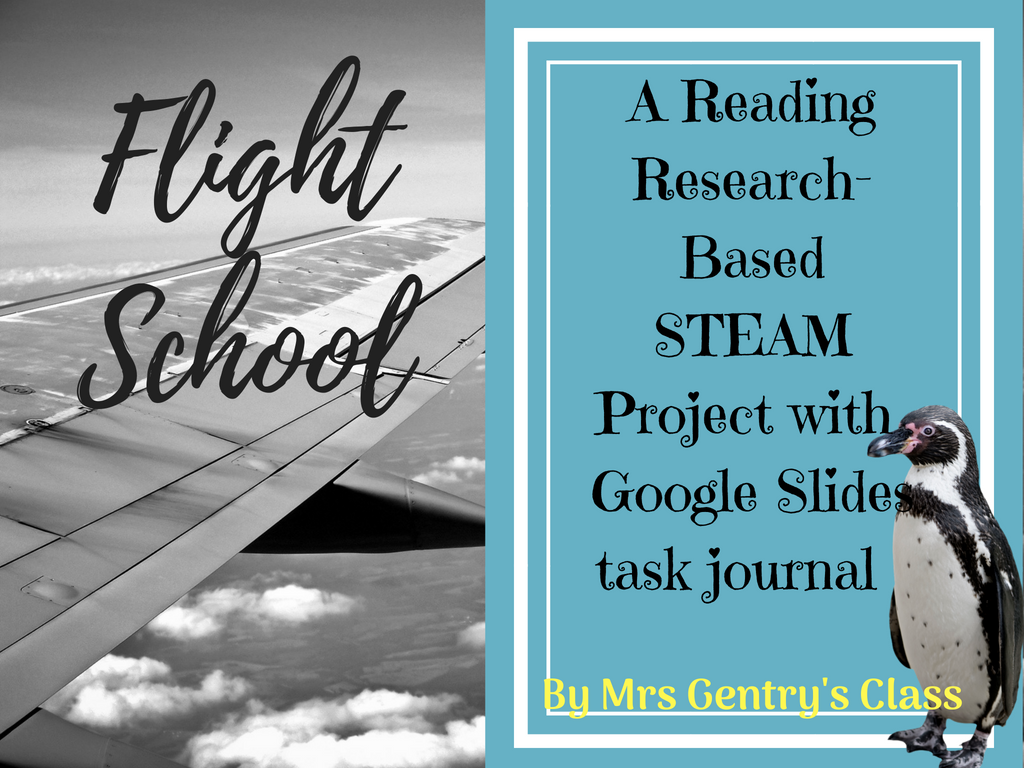We all know that a good morning routine can make a huge difference towards how your day will play out in the classroom. And this year, incorporating social emotional learning and social time for our students is probably more important than ever before.
In years past, my students’ morning routine consisted mainly of some kind of social choice activity. This is a time that my 4th and 5th graders love to just sit with their friends and talk, draw pictures, play games, and engage in other appropriate non-learning related activity with their friends. This social time is SO important to helping us build our classroom community AND to help students have a soft start to get ready for learning.
Because of COVID-19 safety requirements this year, that routine had to change. So, knowing that I wanted to make sure I included SEL (social emotional learning) into my routine along with some kind of distanced social choice activities, AND given the fact that our arrival time is lengthened this year because of staggered arrival for distancing requirements, I’ve come up with this plan. (And I hope that it helps you with your own morning routine plan.)
First, my students will fill out and submit a Daily Check In Form. This is just a few simple questions but will allow me to monitor my students’ emotional well-being and offer help when it’s needed. It also allows my students to ask for that help without having to speak their request aloud for other’s to hear. I’ve create a Google Form for this, so it can be completed whether they are in the classroom or at home. You can grab my check in form for free by clicking on the image below.

Next, my students will write/type in their Make Today Matter gratitude and growth mindset journals. Incorporating a time for students to focus on gratitude and goal-setting is essential. In this daily journal, students write three things they are grateful for, three small, attainable goals for the day, and three things they are proud of themselves for. The attitude transition this practice can make when made a routine in the classroom is amazing! This year I’ll use only the digital version, but I have a digital and print option available if you’d like to add this day-changing routine to your own classroom. Click on the image below to grab this classroom must have!
For the rest of our arrival block, after completing their morning jobs (ordering breakfast and lunch and downloading/preparing assignments to be worked on at home), students will have a variety of either digital or distanced social games to choose from. Digital game board choices will include tic-tac-toe, connect four, the dot-square game, digital checkers, and other easy to create game boards in Google Slides. Student pairs will share the game board slide with each other to play. Many of these games can be found for free in a Google search. For students who love to draw, they can share a Google Drawing page and create an image together, or they can play a distanced game of Pictionary using their individual whiteboards at their desks. I’d love for you to share your ideas with me for more social digital activities to add to these options! Send me a message or comment to share so that I can share on the blog!
This year may be different, but having healthy, happy students, is still my number one goal. I hope my morning routine plan can help you work towards that same goal in your own classroom.
Happy teaching y’all!

































